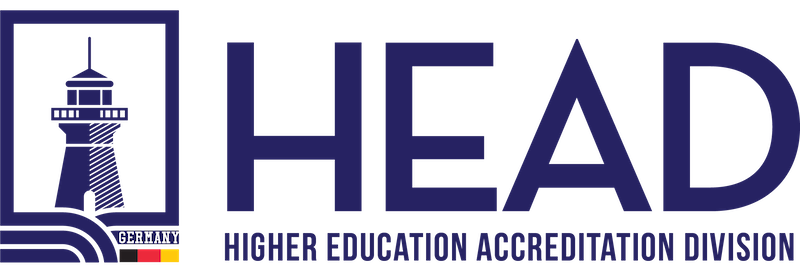Fostering Excellence: Top Management’s Crucial Role in Advancing the Education Organization Management System (EOMS)

Introduction
In today’s rapidly evolving educational landscape, Education Organization Management Systems (EOMS) play a pivotal role in ensuring the effective functioning and continuous enhancement of educational institutions. However, the success of these systems is intrinsically tied to the leadership and commitment demonstrated by top management. Their active involvement and dedication to fostering a culture of continuous improvement within the education organization are indispensable to the successful implementation and sustainability of the EOMS.
Understanding EOMS and Its Significance
An Education Organization Management System (EOMS) is a comprehensive framework that integrates various processes, policies, and practices to manage an educational institution’s operations, improve the quality of education, and enhance overall organizational efficiency. This system encompasses areas such as curriculum development, student support services, faculty management, resource allocation, and regulatory compliance.
The significance of the EOMS lies in its ability to streamline processes, promote transparency, ensure compliance with industry standards and regulations, enhance stakeholder engagement, and ultimately elevate the quality of education being delivered. However, achieving these outcomes requires more than just the implementation of a system—it necessitates the unwavering commitment and leadership of the organization’s top management.
Leadership’s Role in Promoting Continuous Improvement
- Setting Clear Objectives and Vision: Effective leadership begins with setting a clear vision for the organization’s educational goals and aligning these with the objectives of the EOMS. Top management should communicate these goals to all stakeholders and emphasize the importance of continual improvement as a means to achieve excellence.
- Allocating Resources: Adequate resource allocation, including financial, technological, and human resources, is essential for the successful implementation and upkeep of the EOMS. Leadership must prioritize these investments, demonstrating their commitment to the system’s success.
- Leading by Example: Leaders must be advocates for the EOMS and consistently adhere to its principles and practices. Their visible commitment sends a powerful message to the rest of the organization, fostering a culture of accountability and dedication to the system’s ideals.
- Engaging Stakeholders: Top management should actively involve all stakeholders—students, faculty, staff, parents, and external partners—in the EOMS journey. Regular communication and feedback mechanisms ensure that the system remains aligned with the needs and expectations of all parties involved.
- Continuous Review and Improvement: Leaders must actively participate in the review and assessment of the EOMS’s effectiveness. This involves monitoring key performance indicators, identifying areas for improvement, and driving the implementation of necessary changes.
Benefits of Strong Leadership and Commitment to EOMS
- Enhanced Quality of Education: A robust EOMS, guided by committed leadership, leads to improved teaching and learning practices, fostering a holistic educational experience for students.
- Efficient Resource Utilization: Effective management of resources ensures optimal allocation, minimizing wastage and maximizing the institution’s overall efficiency.
- Compliance and Accreditation: Demonstrating leadership’s commitment to adhering to regulatory standards and industry best practices facilitates accreditation processes, enhancing the institution’s reputation.
- Stakeholder Confidence: A strong commitment to EOMS instills confidence in stakeholders, including students, parents, faculty, and the community, by assuring them of the institution’s dedication to excellence.
- Adaptability to Change: With leadership at the helm, the organization is better equipped to navigate changes in the educational landscape and swiftly adapt the EOMS to new challenges and opportunities.
Conclusion
Education Organization Management Systems have the potential to transform educational institutions into centres of excellence. However, their success hinges on the unwavering leadership and commitment demonstrated by top management. By setting a clear vision, allocating resources, leading by example, engaging stakeholders, and championing continuous improvement, leadership can pave the way for the EOMS to drive positive outcomes for students, educators, and the institution as a whole. In a world where education is a cornerstone of progress, strong leadership within EOMS implementation is a commitment to a brighter future.
Would you like to speak to one of our Higher Education Accreditation Expert? Just submit your details and we’ll be in touch shortly. You can also email us if you would prefer.

